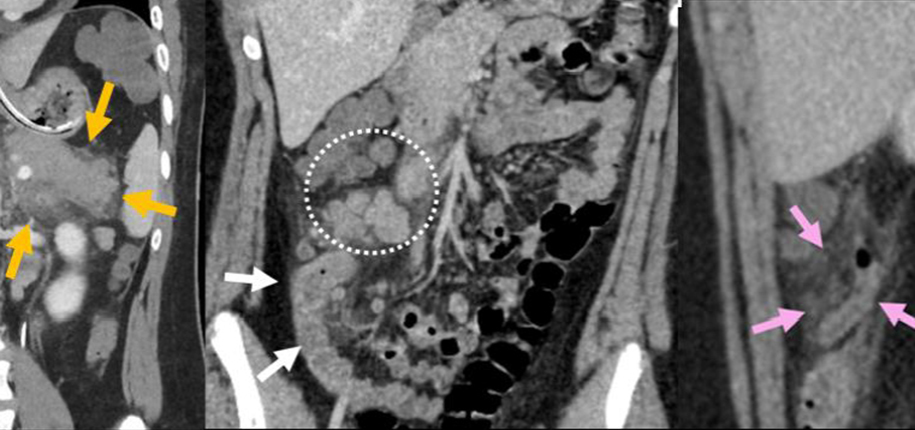
Multisystem inflammatory syndrome in children can occur approximately 2-6 weeks after a severe COVID-19 viral infection and is not contagious. In this rare and potentially life-threatening condition, different parts of the body can become inflamed because the immune system goes into overdrive.
Some of the symptoms include fever, rash, red and cracked lips, big lymph nodes, abdominal pain, vomiting, diarrhea, bloodshot eyes, a red tongue that looks like a strawberry and feeling very tired.
Concerning symptoms that require immediate emergency careinclude difficulty breathing, pressure or pain in the chest, new confusion, trouble staying awake, severe belly pain, and pale or blue skin, lips or nails.
In addition to blood tests and cardiac tests, imaging tests such as ultrasound, X-ray, CT scan, and MRI can be integral in helping make the diagnosis. Examples of different parts of the body that may or may not be affected are listed below:
Chest: The lungs can become filled with fluid (pulmonary edema).
Heart: The heart muscles can become inflamed (myocarditis) and the heart may not function normally. The coronary arteries that supply the heart can become dilated (aneurysmal).
Abdominal organs: The liver and spleen can become enlarged (hepatosplenomegaly). The gallbladder can become dilated and inflamed. Inflammation can also happen in the pancreas. The kidneys can be injured due to decreased blood supply.
Bowel: The bowel (intestines) can become inflamed. Inflammation can also happen in the right lower abdomen, which can mimic appendicitis.
Brain: Ischemia (or reduced blood supply) can happen in the brain.
Vessels: Blood clots can happen within blood vessels, including the pulmonary arteries (also known as pulmonary embolism).
MIS-C is a rare but serious condition; we still need more data in order to better understand why this condition happens. Most patients will need hospitalization, and some patients will need to be in the intensive care unit. Different treatment measures may be used to reduce the amount of inflammation in the body or target specific complications.
More information can be found at https://www.cdc.gov/mis-c.
Dr. Marie Tominna, author; Glenn Miñano, BFA, editor; Meredith Towbin, copy editor